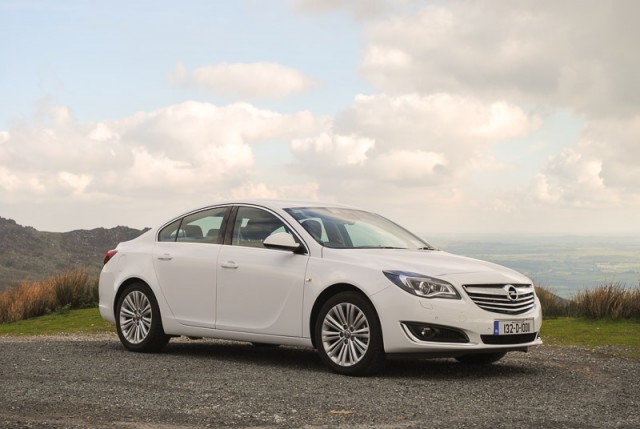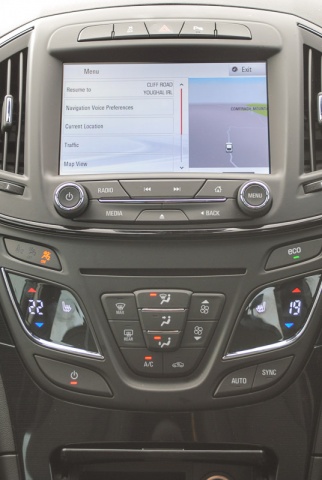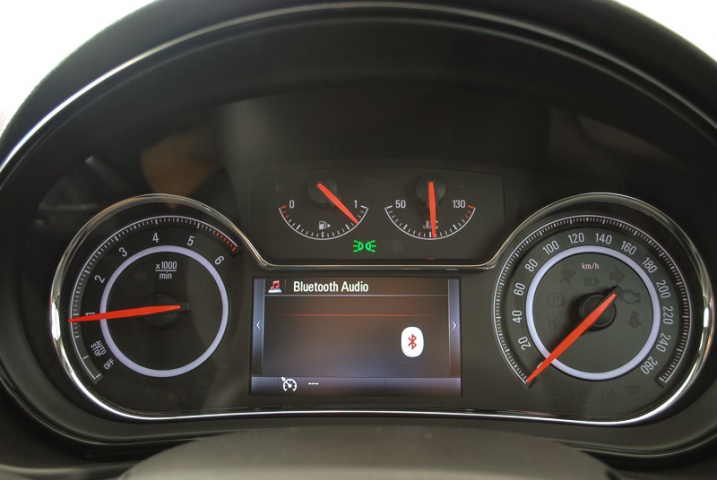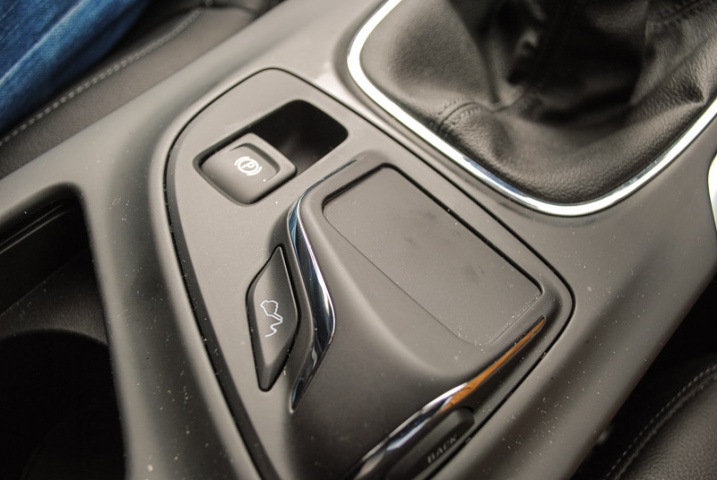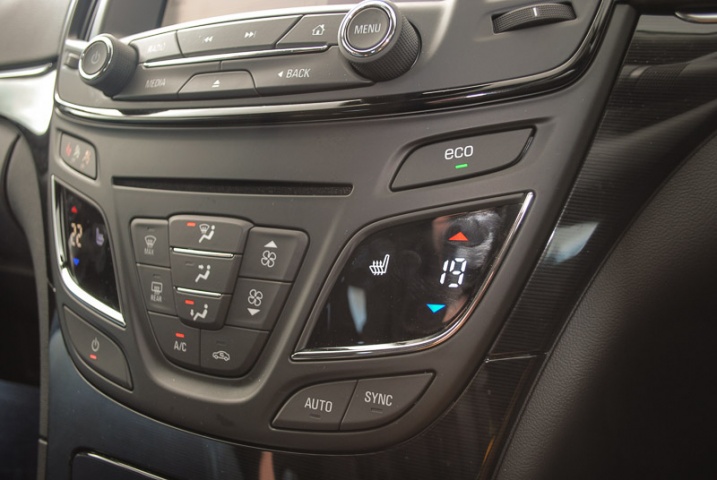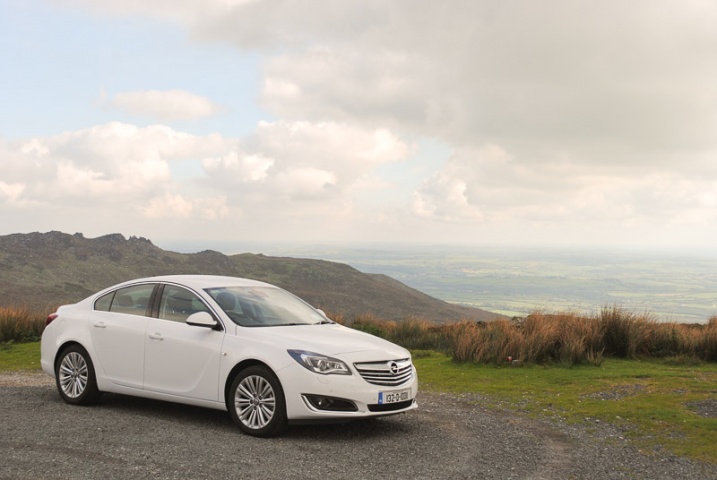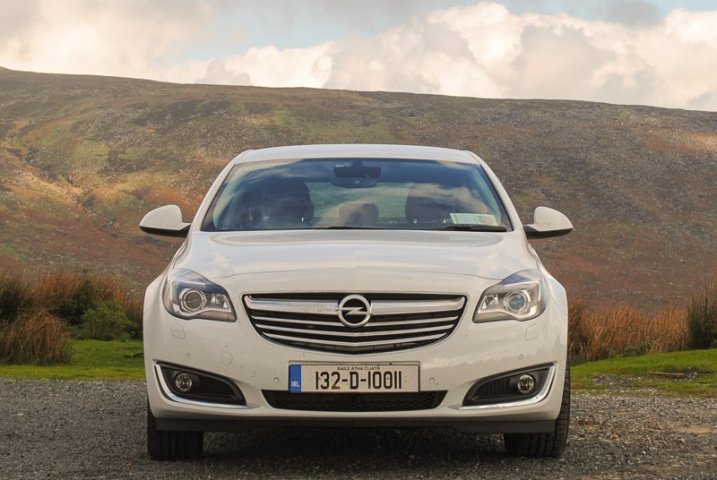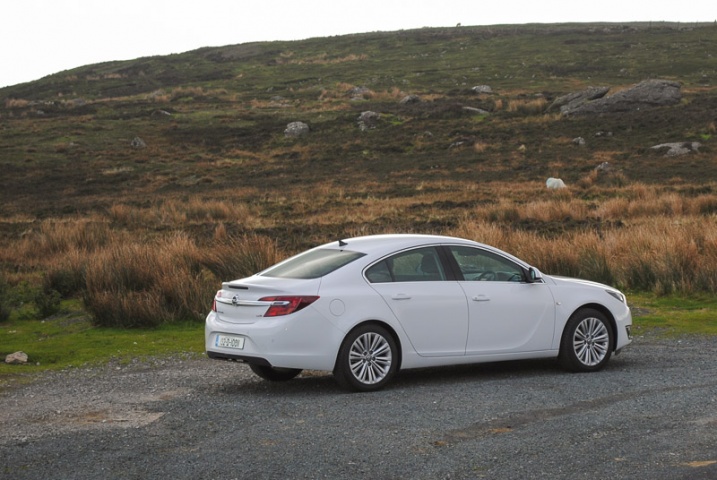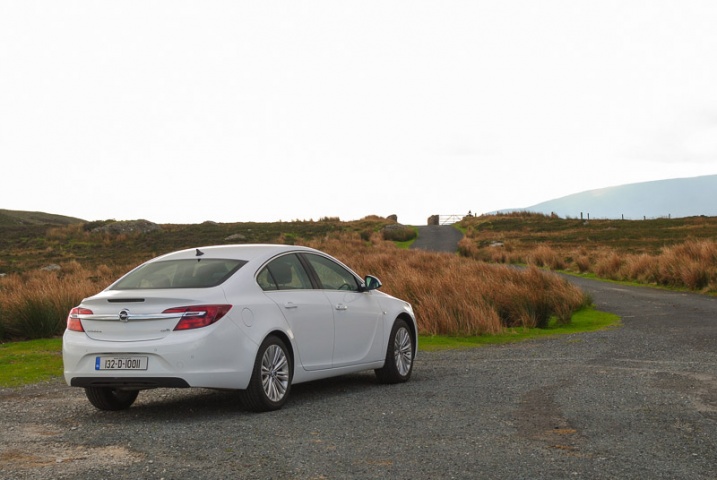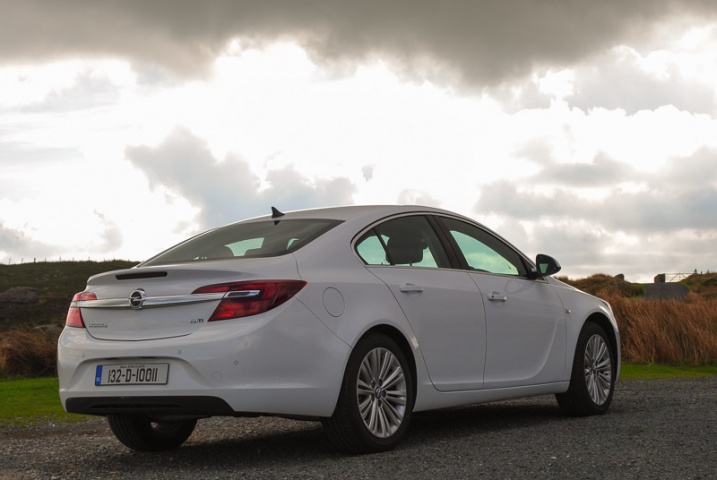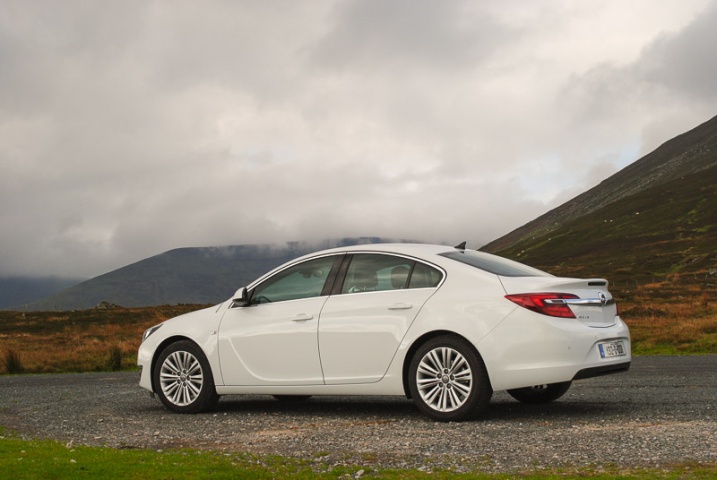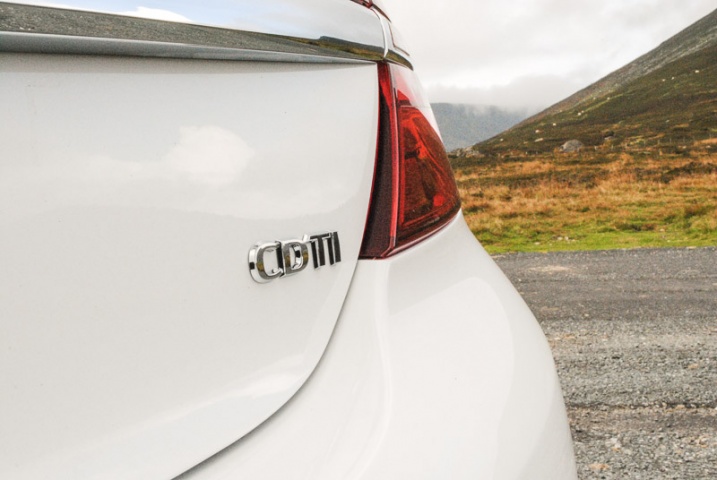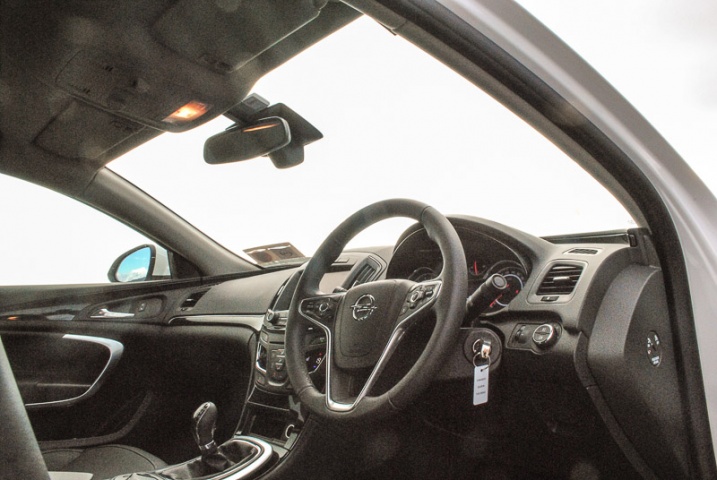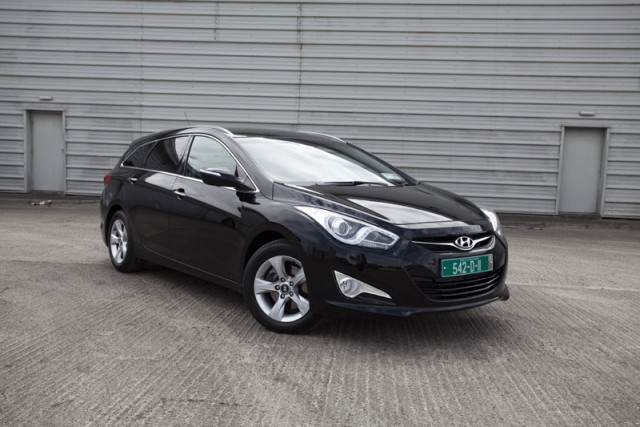Good: still handsome, high quality, well-priced, high-tech options, low emissions
Not so good: still can't match rivals for dynamics, performance or cabin ambience
The goal is an open one. The Ford Mondeo is approaching its pension, waiting for the arrival of an all-new replacement. The Volkswagen Passat, Toyota Avensis and Hyundai i40 have also had their days in the sun and the newest member of the class, the Mazda6, has already been around for almost a year now. The way is clear for the Opel Insignia to score big and take the lead of one of the most competitive classes in motoring - family saloons.
Certainly, you can tell that Opel's engineers have been busy on this one, as the changes go deeper than just a mid-life nip and tuck. There are new engines (one new diesel and two new petrol, with more on the way), a new interior, new styling front and rear and revised suspension and steering.
The headline-grabbing is mostly done by the new 2.0-litre CDTi diesel engine with 140hp. It turns the Insignia into one of the most efficient saloons on the market, with 99g/km CO2 emissions. Even the more powerful version we've tested here, the 163hp 2.0-litre diesel, sneaks in under the Band A barrier with 114g/km of CO2. Even the new 1.6 SIDI turbocharged petrol unit can return Band B emissions, so there's no doubting the Insignia's efficiency. That's helped by it being officially the most aerodynamic production saloon of all, with a 0.25 coefficient of drag (Cd) that would shame a fighter jet.
Inside, the cabin has been given a major makeover. The same 'boat-line' ring that runs from door top to door top and gives you a nice enclosed feeling is there still, but the centre console has been changed utterly. Out goes the button-fest that was there before and in comes a new, sleeker console with vastly fewer buttons and a new touchscreen infotainment system called IntelliLink.
IntelliLink is clever stuff. It allows you to control the satnav (if fitted), radio, media player and on-board systems with a combination of touch-screen, laptop-style trackpad (on which you can input satnav destinations by writing the letters with your fingertip) and voice control. It seems slick, and the massive 8.1-inch touchscreen in the centre of the dash certainly looks impressive, but IntelliLink is where the Insignia's case starts to fall apart just a little.
It's just too fiddly. The trackpad is clever, but it's too small and too sensitive to ham-fisted fingers. It's almost impossible to use on a bumpy road. The simpler button and touch-screen controls are easier to use, but the system seems to have a few glitches. On our massively-equipped Elite-spec test car the radio (in both FM and DAB settings) would occasionally refuse to play a selected station, and the same was true when trying to select tracks on an MP3 player.
And for all the impressive efficiency of the diesel engines, they're not as amazing as they seem. A maximum 350Nm of torque sounds great on paper but the Insignia fails to pull with any conviction on the road. Sales reps in a hurry will find that overtakes are just not there for the taking. It's also surprisingly noisy, and economy is not as good as quoted. Our observed economy of 5.9 litres per 100km (47.9mpg) is some way off the quoted 4.3 litres/100km. Hopefully the forthcoming new 1.6 diesel engines will provide more positive performance.
Dynamically, things are much better. The Insignia has meaty steering, corners sharply and generally feels good to drive. The only weak point here is the ride, which refuses to settle down properly, even on the motorway (and which transmits too much tyre noise), which must surely be an Achilles' heel for a car whose raison d'être is long haul trips.
The cabin is mostly good. Although rear headroom is not great and never has been (blame the swooping lines of the roof), rear legroom is good, and the front seats are excellently comfy. Quality seems very good too, although (and possibly this is just me) that de-cluttered centre console seems somehow less classy than before. Odd.
Safety was certainly high on Opel's agenda. You can spec your Insignia with all sorts of electronic helpers including lane keeping assist, blind spot monitor, active cruise control and rear parking sensors that tell you when a car is approaching along the road you're backing out into. Impressive stuff.
If I've given the impression that the Insignia isn't a good car, well, that's simply not the case. It is a good car; potentially even a very good one, but in a class populated by some outright stars, its small, niggling demerits (noise, economy, performance) keep it off a top podium step that should have been there for the taking.

